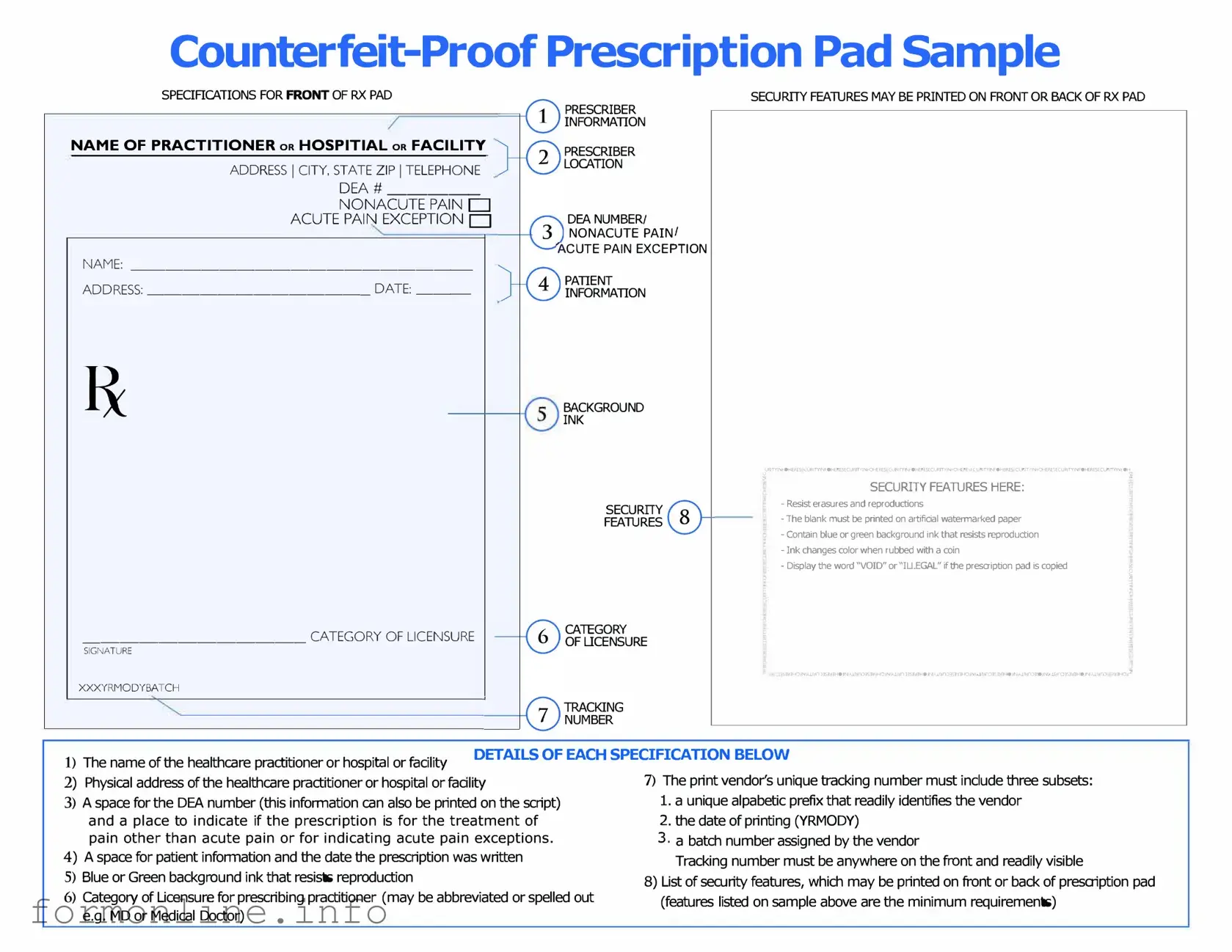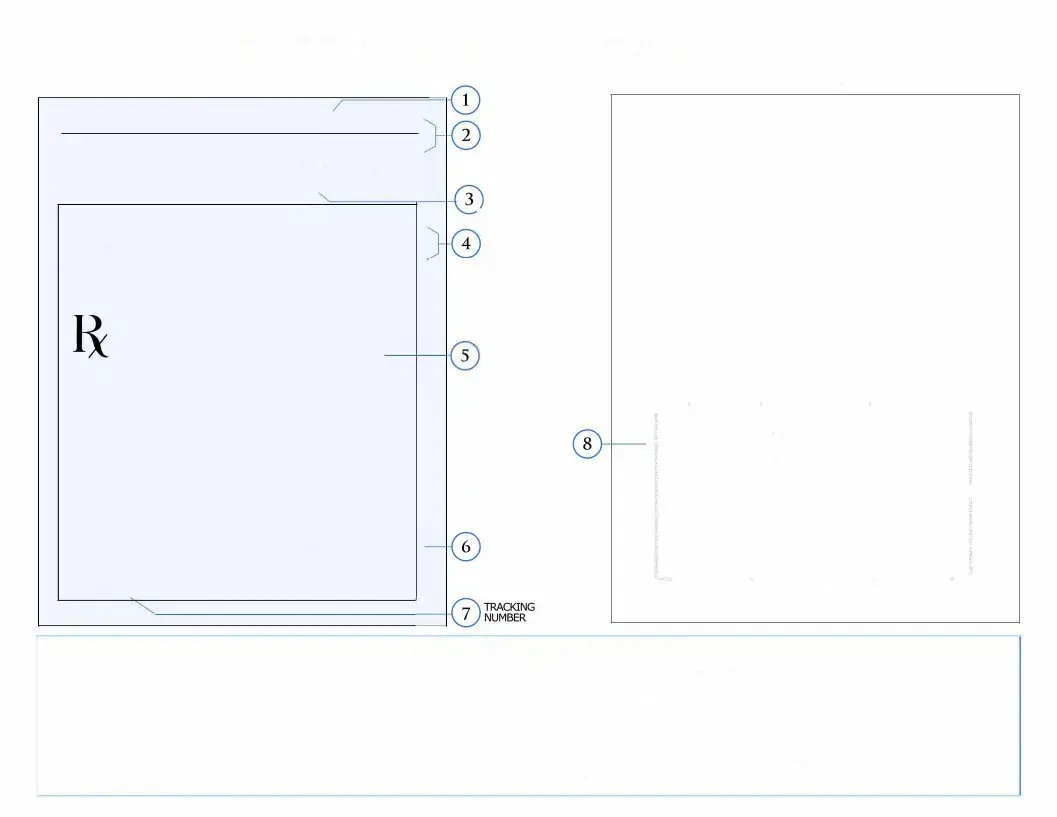Fill Out a Valid Prescription Pad Form
The Prescription Pad form is a crucial document used by healthcare providers to prescribe medications to patients. This form ensures that prescriptions are accurately communicated and legally compliant, promoting patient safety and effective treatment. To streamline your healthcare experience, consider filling out the form by clicking the button below.
Prepare Form Online

